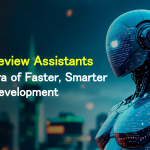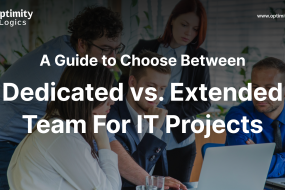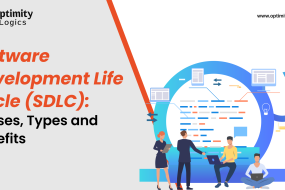For decades, Silicon Valley has been hailed as the epicenter of technological innovation. However, as the world becomes increasingly interconnected, innovation in software development is no longer confined to a single geography. From Bangalore to Berlin, Lagos to São Paulo, emerging hubs are rewriting the playbook of digital transformation. By 2025, the software development landscape is being shaped by global trends that go beyond Silicon Valley’s influence.
In this blog, we’ll explore the top software development trends of 2025 that are redefining industries, business models, and global tech ecosystems. Whether you’re a startup founder, CTO, or simply a tech enthusiast, understanding these shifts will help you navigate and thrive in the rapidly evolving digital world.
1. The Rise of Global Tech Hubs
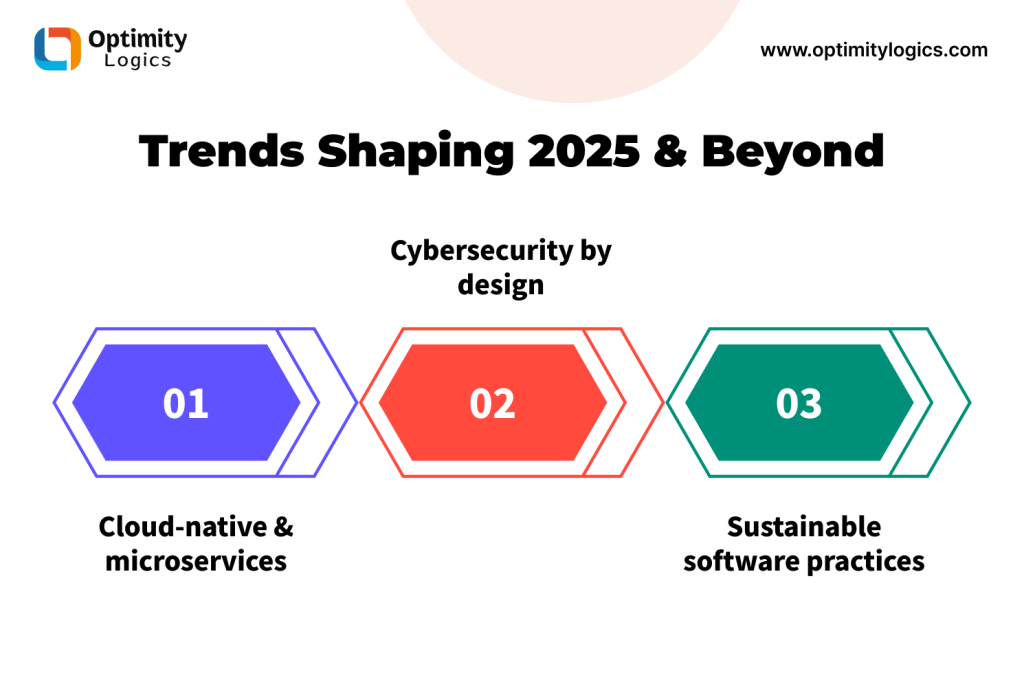
While Silicon Valley remains a powerhouse, other regions have surged forward to compete on equal footing. Cities such as Bangalore, Tel Aviv, Warsaw, and Ho Chi Minh City are attracting massive investment in software development. Their appeal lies in highly skilled talent pools, lower operational costs, and government policies that encourage innovation.
This decentralization means companies can now choose from a truly global workforce. Distributed teams are no longer just a trend—they’re the norm. With the right collaboration tools, businesses can scale efficiently, leveraging specialized expertise from different parts of the world.
2. AI-Driven Development Takes Center Stage
Artificial Intelligence is no longer just a tool for end-user products—it’s transforming the very process of software development. In 2025, AI-assisted coding platforms, such as GitHub Copilot and OpenAI Codex, are integrated into developer workflows worldwide.
These platforms help engineers:
- Auto-generate boilerplate code.
- Spot bugs before they surface.
- Suggest efficient solutions in real-time.
The outcome? Faster development cycles, fewer errors, and lower costs. Companies like optimitylogics are helping organizations embrace AI in development pipelines, enabling them to build high-quality products faster than ever before.
3. Low-Code and No-Code Democratization
A few years ago, coding was seen as a specialist’s skill. In 2025, low-code and no-code platforms have changed that perception. Business analysts, marketers, and entrepreneurs are now able to create functional apps without deep programming knowledge.
While developers still play a critical role in building complex systems, low-code platforms accelerate innovation for routine business applications. This democratization empowers businesses to move quickly while reducing their reliance on lengthy development cycles.
4. Cloud-Native Architecture as the Standard
Cloud computing is not new, but cloud-native development has become the de facto standard in 2025. Organizations are embracing microservices, serverless architectures, and containerization to scale efficiently.
The benefits include:
- Faster deployment cycles.
- Greater resilience against outages.
- Optimized resource allocation.
Cloud-native systems also make it easier to integrate with AI, IoT, and edge computing technologies, creating a seamless ecosystem for modern enterprises.
5. Cybersecurity by Design
As software becomes more sophisticated, so do cyberattacks. In 2025, cybersecurity is not an afterthought—it’s embedded from the very start of development. Known as “cybersecurity by design,” this approach integrates robust security measures into the development lifecycle.
Developers are using AI-driven tools to identify vulnerabilities in real time, while blockchain-based authentication systems are gaining traction in industries like finance and healthcare. In an era where data breaches can cripple organizations, investing in proactive security measures is essential.
6. The Rise of Sustainable Software Development
Sustainability has entered the software industry in a big way. Just as companies measure their carbon footprint in logistics and manufacturing, developers are now mindful of the “carbon cost” of their code.
Green software initiatives focus on:
- Optimizing algorithms for energy efficiency.
- Choosing eco-friendly cloud providers.
- Designing applications that consume fewer resources.
As enterprises align with global ESG (Environmental, Social, Governance) goals, sustainable software development is no longer optional—it’s a competitive advantage.
7. The Evolution of Remote-First Work
Remote work isn’t a temporary shift; by 2025, it’s become remote-first. Development teams are distributed across continents, relying on advanced collaboration tools, real-time translation software, and AI-driven project management platforms.
For organizations, this means greater access to talent without geographical barriers. However, it also requires rethinking management practices, workplace culture, and cybersecurity policies tailored to remote-first operations.
8. Web3 and Decentralized Applications (dApps)
Beyond the hype of cryptocurrency, Web3 technologies are shaping the next generation of applications. Decentralized finance (DeFi), non-fungible tokens (NFTs), and decentralized autonomous organizations (DAOs) are no longer fringe experiments—they’re mainstream business tools.
Developers are leveraging blockchain platforms like Ethereum, Solana, and Polkadot to build dApps that empower users with ownership and transparency. The decentralized model challenges traditional app ecosystems and creates opportunities for new revenue streams.
9. Edge Computing Meets IoT
With billions of IoT devices worldwide, traditional cloud models face scalability challenges. Enter edge computing—processing data closer to where it’s generated. In 2025, industries like manufacturing, logistics, and healthcare rely on edge computing for real-time decision-making.
For example:
- Smart factories use edge devices to optimize production.
- Healthcare wearables analyze patient data instantly for timely alerts.
- Autonomous vehicles rely on edge processing for split-second decisions.
This convergence of IoT and edge computing is unlocking new possibilities across industries.
10. Ethical and Responsible AI
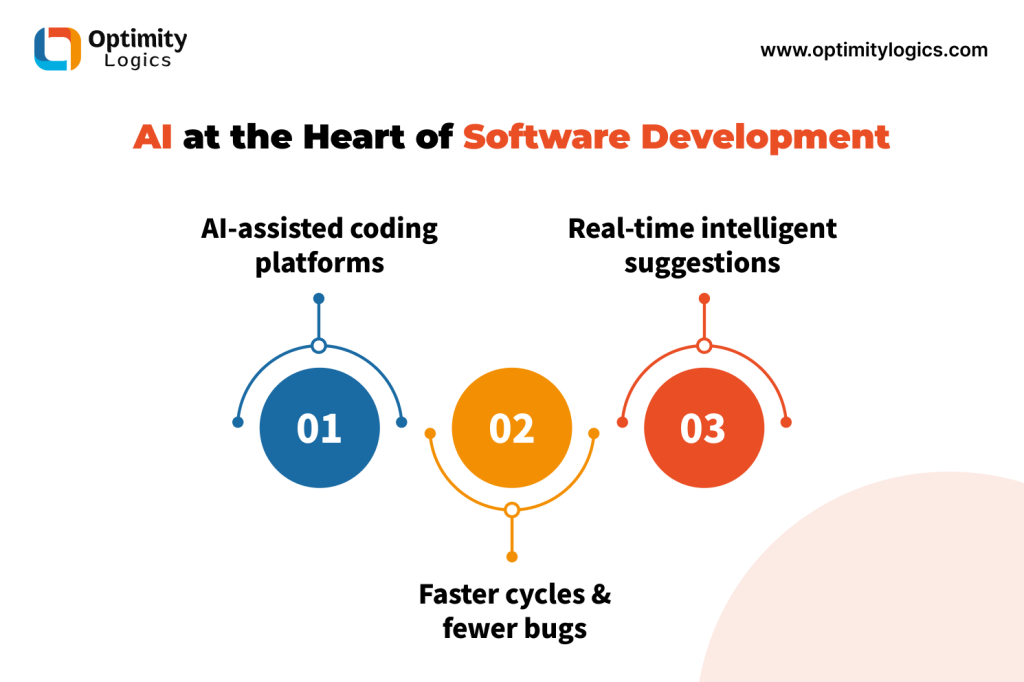
As AI adoption accelerates, so does scrutiny over its ethical implications. Governments worldwide are enforcing stricter regulations around AI transparency, bias, and accountability.
Developers in 2025 must ensure their algorithms are fair, explainable, and unbiased. Companies that prioritize ethical AI not only avoid regulatory pitfalls but also build trust with their users. Responsible AI development is set to be one of the defining traits of successful software companies in this decade.
11. Cross-Platform Development Gets Smarter
The demand for seamless user experiences across devices is stronger than ever. Cross-platform frameworks like Flutter, React Native, and Xamarin have evolved significantly, offering near-native performance.
In 2025, developers can build apps for web, mobile, desktop, and wearables with a single codebase. This reduces costs, accelerates time to market, and ensures consistency across platforms.
12. Data-Driven Development and Observability
Modern software doesn’t just run—it learns and evolves. With observability tools and data-driven insights, developers now monitor real-time application performance and user behavior to optimize experiences continuously.
Instead of waiting for failures, teams predict issues and fix them proactively. Observability has become a cornerstone of agile and DevOps practices, enabling companies to scale with confidence.
Looking Beyond 2025
The trends shaping 2025 highlight one critical fact: software development is no longer about a single region, technology, or methodology. It’s a global, collaborative, and interdisciplinary ecosystem.
From AI-driven coding to sustainable practices, the future belongs to organizations that adapt quickly and embrace change. Companies that view software not just as a tool, but as a strategic enabler, will lead industries into the next decade.
Final Thoughts
Beyond Silicon Valley, the future of software development is being written in co-working spaces in Nairobi, universities in Eastern Europe, and innovation hubs in Southeast Asia. As technology becomes more accessible and inclusive, the opportunities for businesses, developers, and end-users multiply.
To thrive in this environment, organizations must remain agile, ethical, and forward-looking. Whether it’s through embracing AI in development, building cloud-native systems, or aligning with sustainability goals, the companies that succeed will be those that innovate responsibly and globally.
As one of the pioneers embracing these trends, optimitylogics exemplifies how forward-thinking software development companies can drive meaningful digital transformation in 2025 and beyond.
